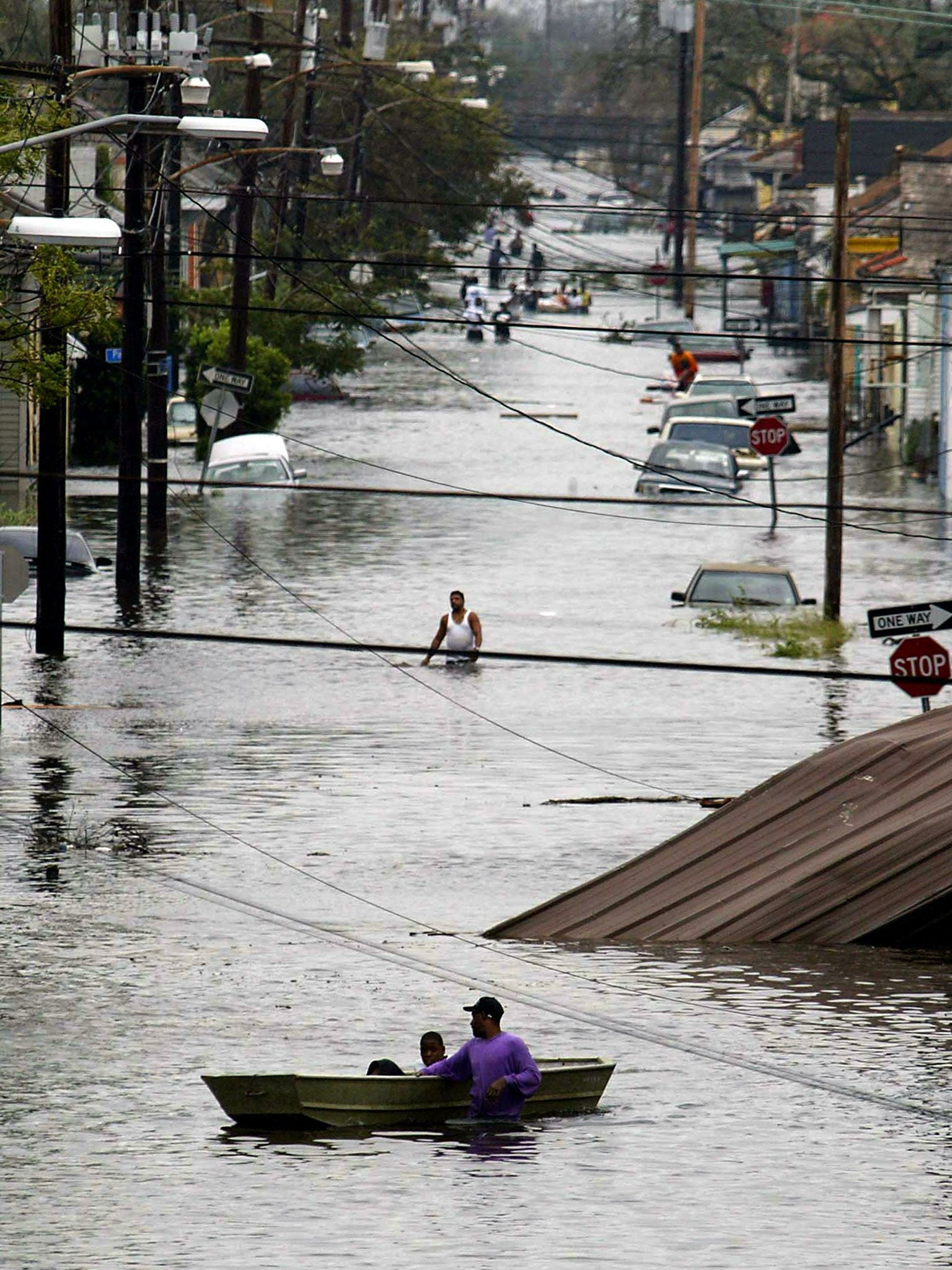Lower pollution and cleaner air blamed for rise in hurricanes

Hurricanes, referred to as “acts of God” by insurers and seen by others as harbingers of the effects of climate change, are becoming more common as an unexpected side-effect of efforts to reduce pollution, research indicates.
A study by British scientists has produced evidence that there is a direct link between a decline in industrial pollution across the Atlantic and an increase in the number of deadly storms battering the coasts of America and the Caribbean.
In a sign that efforts to reduce humankind’s negative impact on the planet can themselves produce harmful results, research by the Meteorological Office suggests that for much of the 20th century, sooty particles generated by industrialisation made conditions unfavourable for hurricanes. But efforts on both sides of the Atlantic to improve air quality since the 1980s seem to have once more unleashed natural forces that lead to the formation of gigantic storms, such as Hurricane Sandy which devastated parts of New York last October and was the second costliest in US history.
The process at the heart of the increase is the climactic interaction between tiny airborne liquid droplets, known as aerosols, and clouds.
The British researchers found that pollutants, spread through the atmosphere as aerosols, have the effect of brightening clouds, causing more of the sun’s energy to be reflected back into space. The knock-on effect of this process, on ocean temperatures and circulation patterns, makes it harder to create hurricanes. When the aerosols are removed this brake on storm-generating conditions is released.
Dr Nick Dunstone of the Met Office, who led the study published in the journal Nature Geoscience, said: “Since the introduction of the clean-air acts in the 1980s, concentrations of aerosols over the North Atlantic have reduced, and model results suggest that this will have contributed to recent increases in hurricane numbers.”
North America and the Caribbean have been hit by some of the most devastating hurricanes in a century in recent years, including the two most financially costly storms in US history.
The $65bn (£42bn) cost of Sandy, which made landfall in Cuba before rising up America’s east coast, was superseded only by Hurricane Katrina, which devastated New Orleans and caused damage worth $81bn.
Between 1850 and 1990, there were an average of 10 Atlantic tropical storms a year, half of which were powerful enough to be classified as hurricanes. Between 1998 and 2007, this figure rose to about 15 tropical storms a year, including eight hurricanes.
The researchers underlined that the increase in hurricanes had to be balanced with positive effects from the reduction in pollution, in particular the reduction of droughts in Africa and wider benefits for human health.
Dr Ben Booth, co-author of the report, said: “This study, together with work we published last year, suggests that there may be a greater role than previously thought for man-made influence on regional climate-changes that have profound impacts on society.”
More deadly: recent storms
Hurricane Katrina, 2005
Katrina caused extensive damage from Florida to Texas but particularly in New Orleans. A storm surge and the failure of the city’s levees led to 80 per cent of New Orleans being flooded, resulting in 800,000 people being made homeless. With wind speeds of 175mph, Katrina caused an estimated $80bn of damage and cost 1,833 lives.
Hurricane Sandy, 2012
After causing extensive damage in the Caribbean, Sandy headed up the east coast to New Jersey. Its estimated $68bn of damage is second only to Katrina. Sandy is the largest Atlantic hurricane on record, with a diameter of 1,100 miles and wind speeds of 115mph.
Hurricane Mitch, 1998
The second-deadliest Atlantic hurricane in history, with wind speeds of 180mph. Mitch dropped historic amounts of rain – up to 75 inches in Honduras, Guatemala and Nicaragua. The resulting flooding cost an estimated 19,000 lives.
Join our commenting forum
Join thought-provoking conversations, follow other Independent readers and see their replies
Comments
Bookmark popover
Removed from bookmarks